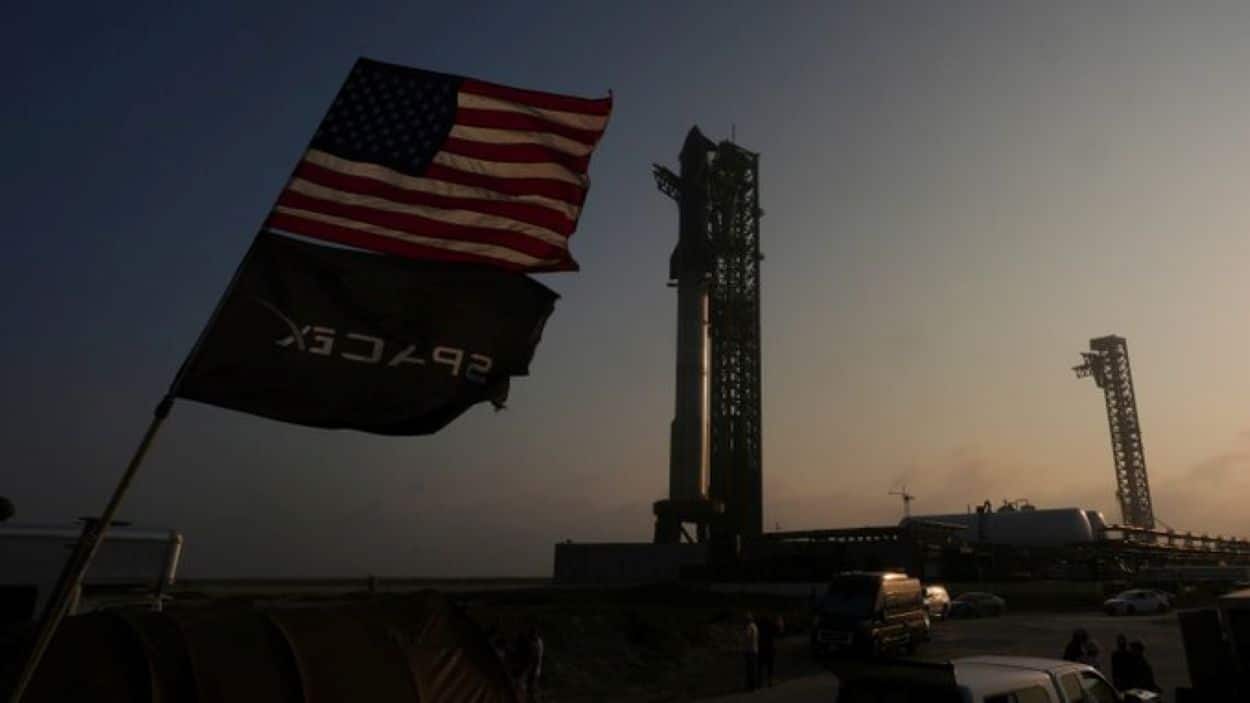SpaceX called off the highly anticipated tenth test flight of its Starship rocket on Sunday. The launch was scrubbed approximately 30 minutes before liftoff due to an issue with ground systems at its Texas launch site.
The mission was designed to achieve several critical development milestones that previous tests had not reached. The next launch attempt is now targeted for Monday, August 25.
The 400-foot-tall rocket, consisting of the Super Heavy booster and Starship upper stage, was fully stacked and being filled with propellant at the Starbase facility. Liftoff was scheduled for 7:35 p.m. ET.
However, SpaceX announced the delay on its social media platform, X, stating it needed time to troubleshoot the unspecified ground systems issue. This postponement also led to the cancellation of a planned development update from CEO Elon Musk. Similar technical issues in the past have typically been resolved within a few days.
SpaceX announced Sunday the launch of Startship’s tenth mission is postponed over a ground system issue marking another setback at the Starbase in southern Texas. @MelissaABCNews reports. https://t.co/uRV1ZJdfPZ pic.twitter.com/ypy2wfDd5e
— World News Tonight (@ABCWorldNews) August 25, 2025This test flight was planned to be the most complex yet. The mission profile included a series of first-time manoeuvres crucial for the rocket’s development. After launch, the Starship upper stage was scheduled to separate from the Super Heavy booster dozens of miles in altitude. The booster would then attempt a soft water landing in the Gulf of Mexico to test a backup engine configuration.
The Starship vehicle itself was planned to briefly ignite its engines to continue into space. Key objectives included releasing a batch of mock Starlink satellites and reigniting an engine while on a suborbital path.
The most critical phase was to be a controlled atmospheric reentry over the Indian Ocean. This test is designed to stress the rocket’s new heat shield tiles and steering flaps under extreme conditions that have caused failures in past flights.
Starship is the cornerstone of SpaceX’s future launch business and Elon Musk’s ambition to colonise Mars. Its development has faced significant challenges this year, including several in-flight failures and a test stand explosion. Despite these setbacks, SpaceX continues rapid production at its Starbase facility. NASA is closely monitoring progress, as it plans to use a version of Starship for its crewed Artemis moon landings as soon as 2027.






